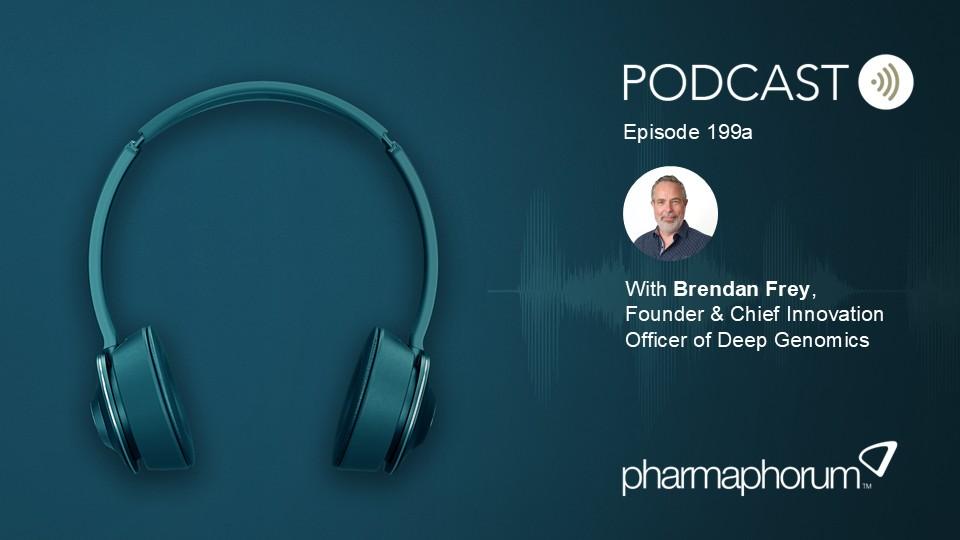Short reads, big impact: How genomics is revolutionising cancer research

Caused by DNA mutations leading to uncontrolled cell division, cancer is fundamentally a disease of the genome. Cancer has a highly complex and variable pathology, and advances in genomics technology are bringing a new level of understanding to where and why cancers occur. This comes as investment in cancer research reaches an all-time high, with $24.5 billion spent globally between 2016 and 2020, offering new hope for patients.
The insights into cancer progression offered by genomics are comprehensive. For example, long-read DNA and RNA sequencing provide a complete, multi-omic view of the cancer genome, transcriptome, and methylome to underpin discovery research on the mechanisms of cancer development and progression. This provides researchers with the tools to discover new biomarkers for cancer, such as structural variations and fusions that could be relevant targets for cancer vaccines.
To complement the deep insights offered by long-read sequencing, advances in the accuracy of short-read sequencing are set to further accelerate cancer research in applications like liquid biopsy – particularly over the next five years. By uncovering rare somatic mutations present in a developing tumour, data from short reads can be applied to aid early cancer detection, track residual disease, and support ongoing cancer screening.
Liquid biopsies allowing for early detection
One technique that is set to benefit from highly accurate short-read sequencing is liquid biopsy. This non-invasive method looks for circulating tumour DNA (ctDNA) shed by the cells of a growing tumour into the blood, urine, or other fluid. The ctDNA is often found in very short fragments, meaning short-read sequencing methods are needed. Liquid biopsies have garnered significant interest in the oncology research space in recent years, and when combined with genomics, they are capable of rapid identification of cancers early on – before symptoms appear. Liquid biopsies can be used not only to help identify new cancers, but also to help monitor for re-emergence of cancers in patients who have been through treatment, to make sure there is no residual disease.
Until recently, the challenge in widespread adoption of liquid biopsies lay in the sample quality and uncertain results – the blood is full of fragments of DNA from normal metabolic processes that cause “noise”. The accuracy required to isolate and identify ctDNA was not available with existing short-read sequencing techniques. Now, however, super-accurate short-read genomics technology is unlocking the potential of liquid biopsies in cancer research and potential future diagnostics.
Precision unleashed
For liquid biopsies to identify potential tumours, first the tiny fragments of ctDNA must be isolated and amplified. This is a challenge, as a given biological sample contains many more normal DNA fragments than those coming from the tumour. This messy backdrop makes it difficult to confidently isolate and identify ctDNA. It is therefore essential that researchers have highly accurate tools capable of detecting ctDNA to give them confidence in the data generated.
Until recently, the standard method for liquid biopsy was sequencing by synthesis (SBS). However, suboptimal reaction conditions and molecular scarring introduced by incorporating labelled nucleotides during sequencing with SBS lead to errors in identifying which base is present. Due to the high frequency of these sequencing errors, SBS is simply not accurate enough to distinguish mutations in the ctDNA from the background noise, especially when searching for very rare variants or markers of cancer.
This is where sequencing by binding (SBB) comes in. In SBB, the fluorescently labelled nucleotides only bind transiently to the DNA before being washed away, and are then replaced with natural, unlabelled nucleotides, which get incorporated into the DNA. As a result, this technique does not cause damage to the DNA molecule in the way that SBS does, which leads to sequencing errors. Because of this, SBB offers better sensitivity and allows ctDNA to be more accurately identified. This affords researchers confidence in identifying rare variants and even allows for earlier detection of ctDNA, as lower concentrations of ctDNA can be detected with SBB.
The short-read revolution
When used alongside long-read sequencing, short-read genomics is opening new avenues of oncology research and will ultimately lead to better outcomes for people with cancer. We’re already beginning to see the potential benefits of highly accurate short-read genomics, with researchers at McGill University in Canada using SBB technology to explore new ways for finding endometrial and ovarian cancers. Typically, 75% of these cancers are only identified at an advanced stage, meaning methods for earlier identification are desperately needed.
Advances in genomics technologies have brought a new generation of highly accurate short-read and long-read sequencing options. With more accessible, higher-throughput and lower-cost solutions, oncology research can be conducted at scale and with pinpoint accuracy. Underpinned by these new technologies, improved oncology screening, prevention, and treatment are on the horizon.
Genomics is contributing to a much deeper understanding of cancer biology; supporting in identification of therapeutic targets, understanding resistance mechanisms, and moving towards a more personalised approach to cancer treatment via gene and immunotherapies. With new opportunities for early detection of cancer, plus better monitoring for people who have finished treatment and are in remission, the new generation of highly accurate short-read sequencing technologies are set to revolutionise the oncology world.












